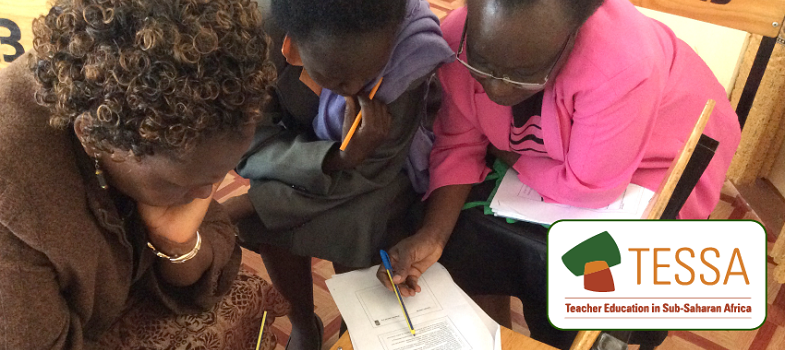Key Resource: Using investigations in the classroom
Children are naturally curious. Good teaching exploits this very human characteristic. Over the past few decades increasing attention has been given to using investigative approaches in the classroom. Rather than just telling pupils something, why not make them think about a topic or area of enquiry? At its simplest, this might just be ‘asking a question’ rather than ‘telling’. This promotes a more active approach that is much more effective than passive ‘telling’ in promoting lasting learning. Increasingly, however, teachers plan to use investigations to promote active learning.
Investigations are already well established in the teaching of science (through experiments) but the same technique can be used in all subjects. Mathematics or numeracy, for example, becomes much more interesting if pupils have to work out real problems. The same is true of other subjects. In geography or social studies, rather than just telling pupils about environmental problems, why not set them a task? You will find a number of examples of topics that can be taught in this way in the TESSA modules.
There are different strategies for approaching investigations. Below is a detailed example when looking at the teaching of science topics, but you can take a similar approach in any area. The following basic steps can be taken.
Beginning
Use brainstorming to open a topic (see Key Resource: Using mind maps and brainstorming to explore ideas). [Tip: hold Ctrl and click a link to open it in a new tab. (Hide tip)] You can do this with the whole class, or begin with groups and then have a whole-class session. The important things are to make pupils think actively about the issues being raised and to establish their current knowledge of the topic.
Choosing the focus
A brainstorming session will throw up many different ideas: these will probably have been recorded on the chalkboard or on a chart of some sort. You, as the teacher, now have the opportunity to focus on the key area that is to be investigated. For example, you may wish to teach about the link between human activity (for example farming) and the local environment. In the brainstorm, some pupils talk about local worries about the declining fertility of the soil. You might decide that an investigation into ‘whether the local soil is less fertile and if so why’ should be the focus.
Planning your investigative approach
All sorts of methods are available to you. You could carry out detailed interviews with local farmers or discuss with grandparents or older members of the community ‘what things used to be like’ or ‘how crops used to grow’. It is important that pupils think about the methods to be used and why. This helps them develop personal investigative skills.
Carrying out and reporting the investigation
The pupils then have to carry out the investigation. Before they do this, it is important to establish the way the findings are going to be reported back. The form this takes depends on the nature of the investigation. You can have a fairly informal investigation, for example where pupils ask older family members what the village was like 20 years ago. The report back might then be ‘verbal reporting’ to the whole class. You might have asked each member of the class to ask the same five questions to at least two older members of the family. The report back then could be in the form of a chart, so that you can show similarities and differences in the findings.
Interpreting findings
Once the data is reported and recorded, the findings have to be interpreted. This is key and it is very important that you, the teacher, do not dominate discussions initially. Make the pupils voice their own ideas (in verbal or written forms) before beginning to steer them, perhaps through questioning, to the key learning interpretations you are looking for.
The investigative approach should become habit for the good teacher. Set out below is a much more detailed way of using investigations in science.
An investigative approach to science
| Step 1 - Brainstorming/getting ideas |
| Step 2 - Choosing the variables |
| Step 3 - Asking a question |
| Step 4 - Planning the experiment |
| Step 5 - Carrying out the experiment |
| Step 6 - Recording and Presenting |
| Step 7 - Interpreting and Evaluating |
| Step 8 - Reporting back |
See Key Resource: Tools for planning and carrying out investigations in Science for possible approaches to teaching investigation
Select the next Key Resource you are interested in by clicking on the resource titles on the left-hand side of this screen.



